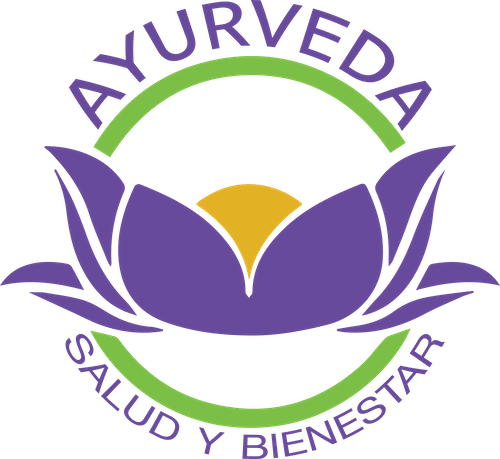Ayurveda What is it and what are its benefits?
Ayurveda is composed of two words in Sanskrit: AYUR means life and VEDA means knowledge. It is known as the Science of Life or Knowledge of Life.
According to Hinduism, 5,000 years ago the Maha Brahma conceived Ayurveda and he gave it to the world before the suffering of human beings caused by diseases.
The first books or Vedas that record the knowledge of Ayurveda are those written in Sanskrit, the Vedas are the oldest texts in the world, by the following sages
- Agastjo Resjo. He studied about herbal medicine. He wrote the book Tantra Agusthi.
- Pulasthi, studied and wrote the book Seminal (on fertility, fertilization) (from Sri Lanka)
- Sushrutha, studied and wrote the book Sushrutha Samhitha (collection of knowledge) dealing with surgery. Address marmas points.
- Charaka researched and wrote the book Charaka Samhitha dealing with medicine wrote the book Charaka Samhitha. Address marmas points.
- Vagbata, a researcher and writer on medicine, wrote the book Vagbata Samhitha.
The science of Ayurveda is the study of natural, herbal medicine for the prevention and healing and diseases of humanity, conceived of the human being with a holistic approach: body, senses, psyche and soul.
Ayurveda is not just a treatment for diseases, it is a lifestyle to maintain or improve the quality of life through a correct diet and healthy body, good practices and treatments.
Ayurveda identifies three invisible forces in the body, through which it identifies the state of the human being, which are known as doshas, these are:
- Vata
- Pitta
- Kapha
Dosha Vata, composed of ether and air ... is the energy of movement, its principle is air. a dynamic and invisible force generated internally. It can move anything inside the human body. Therefore the blood circulation, lymphatic system, are some of the functions of Vata. It is closely related to our vital essence, known as Prana. Prana is the pure essence of Vata. Within Vata other categories are identified.
Dosha Pitta composed of fire and water, is the energy of heat or metabolism. It governs all the biochemical changes in our body, regulating digestion, absorption, assimilation and body temperature. Not only does it metabolize the food we eat, but also the external impressions that we accept are "digested" and become part of us.
Kapha is water, made up of water and earth ... it is the energy that forms the structure of the body, it is the adhesive that holds the cells of the body together. It supplies the necessary fluids for the life of the cells and the body system, lubricates the joints, softens the skin, helps to heal wounds and maintains the body's immunity. Provides strength, vigor, and stability. All parts or organs of the human body are kapha.
Each of the doshas or tridoshas as they are known in turn have divisions.
It is said that the human being is healthy when the tridoshas are in perfect harmony working. However there is always one dosha dominating the others.
What are marmas
Marma comes from the Sanskrit language which means secret, hidden. Marmas are points located in the body composed mainly of muscles, tissues and bones, veins and arteries.
In Ayurveda 107 marmas points are identified located in six areas:
- Mamsa marmas are predominantly muscle tissues.
- Asthi marmas, predominantly bone
- Snayu marmas, located in the tendons and ligaments
- Dhamani marmas predominant in the arteries
- Sira marmas predominant in the veins
- Sandhi marmas, predominantly in bone joints
In Ayurvedic massages, approximately 43 marmas are stimulated.
The marmas points are similar to the points used in reflexology and acupressure, some authors indicate that these originate from the marmas.
Marmas are stimulated by the tips of the index thumbs through pressure or circular movements for a certain period of time.
Ayurveda is an extensive, rich and varied ancestral science that addresses the causes of imbalances in human health and not the effects.


